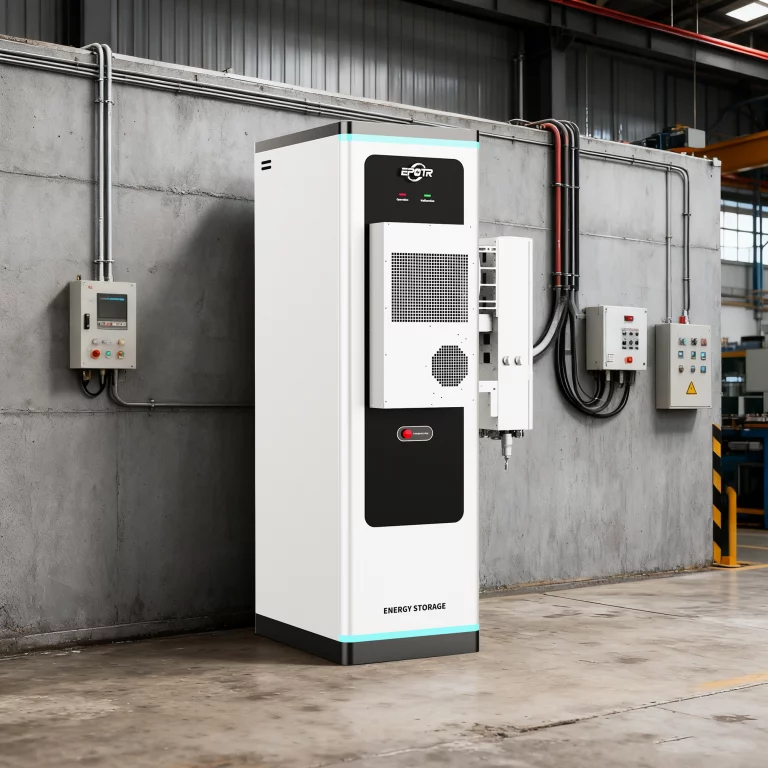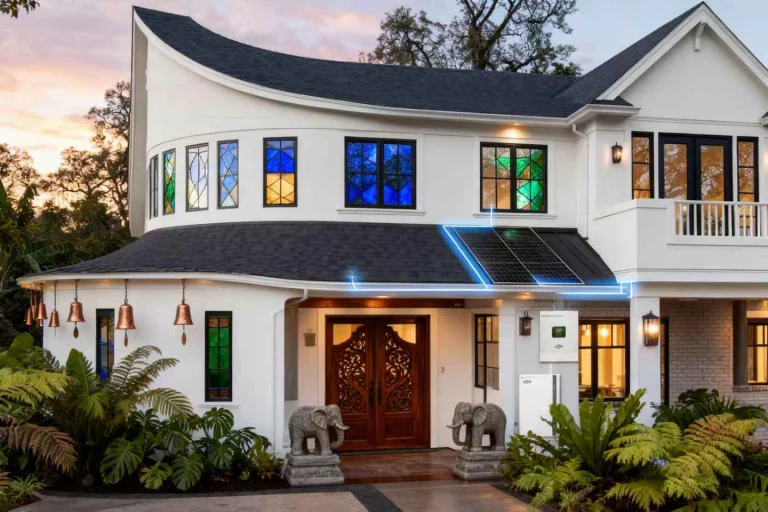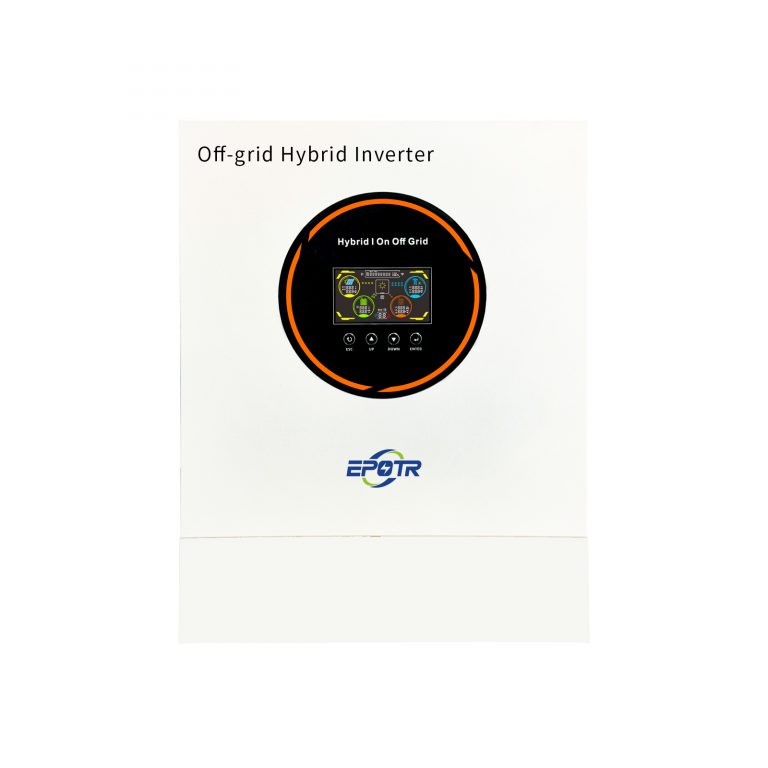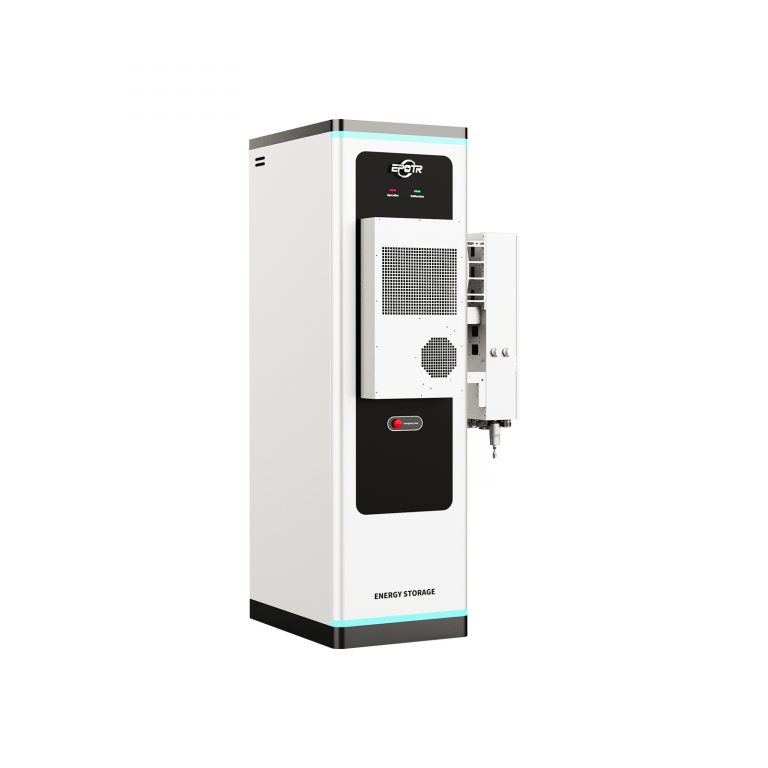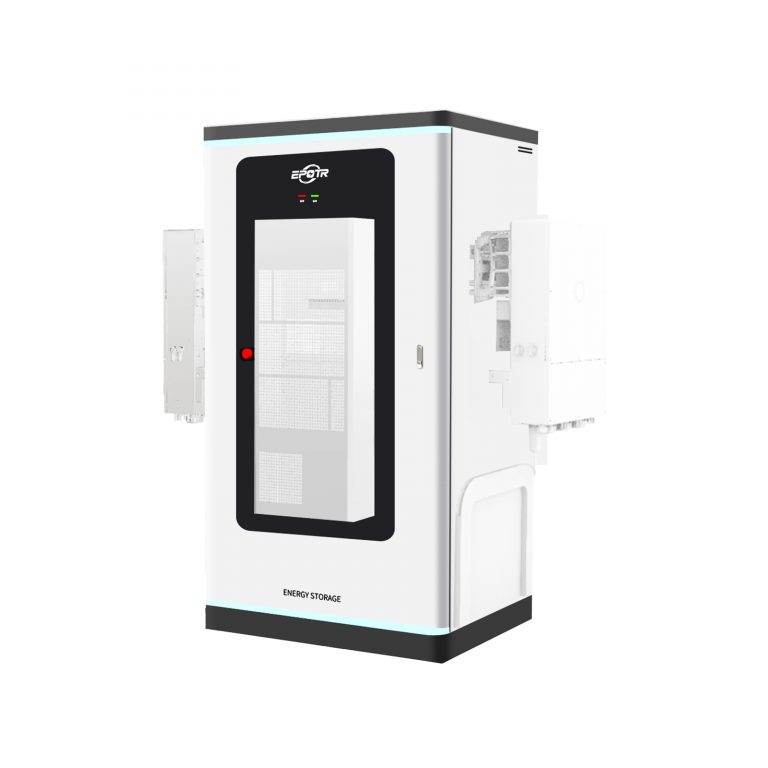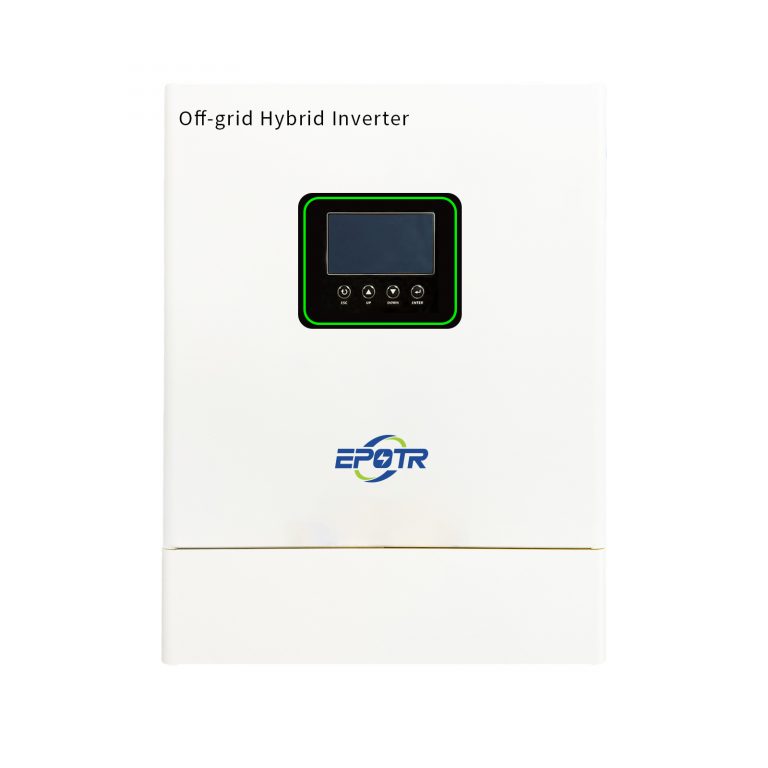जब लोग पूरे घर को बैटरी से बिजली प्रदान करने के बारे में सोचते हैं, तो पहला विचार आमतौर पर आकार के आसपास घूमता है। कितने किलोवाट-घंटे आपकी जरूरतों को पूरा करेंगे? जवाब सरल नहीं है क्योंकि यह दैनिक दिनचर्या पर निर्भर करता है, आप कितने घंटे का बैकअप चाहते हैं, किन उपकरणों पर रहना चाहिए, और यदि सौर या अन्य स्वच्छ ऊ सही भंडारण प्रणाली चुनने से पैसा बचाया जाता है, ग्रिड गिरने पर आपके परिवार को सुरक्षित रखता है, और आपको बाहरी आपूर्ति पर कम निर्भर अगर यह तुम्हारा रास्ता है, ईपीओटीआर जानने योग्य नाम है। 2023 में डोंगगुआन में स्थापित, कंपनी स्मार्ट ऊर्जा प्रौद्योगिकी और घर के अनुकूल भंडारण पर काम करती है। वे चालाक प्रबंधन प्रणालियों के साथ लिथियम बैटरी डिजाइन में शामिल होते हैं ताकि परिणाम सुरक्षित, लंबे समय तक स्थायी और उनकी श्रृंखला में पतली दीवार-घुड़सवार प्रणालियां और बड़े फर्श-खड़े मॉडल शामिल हैं, जो दोनों स्थायित्व, उच्च चक्र जीवन और कई इन्वर्टर् समूह विनिर्माण से परे देखता है। उनका उद्देश्य परिवारों को एक टिकाऊ भविष्य की ओर कदम रखने में मदद करना है।
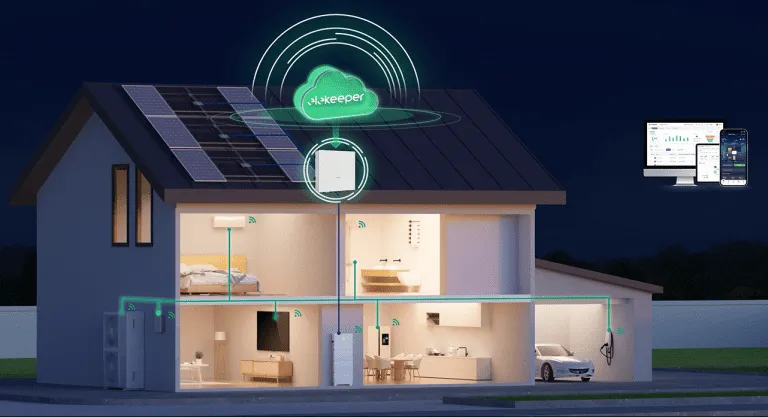
एक घर के लिए बैटरी बैंक का आकार क्यों महत्वपूर्ण है?
एक घर कभी भी एक फ्लैट लाइन में बिजली नहीं खाता है। यह दिन के दौरान ऊपर और नीचे कूदता है। उदाहरण के लिए, शाम को जब रोशनी, खाना पकाने का उपकरण और शीतलन इकाइयां सभी चलाती हैं, तो दोपहर की तुलना में उपयोग दोगुना हो सकता है। एक छोटा सा भंडारण पैक आपूर्ति में एक शॉर्टकट को संभाल सकता है, लेकिन यदि ग्रिड लंबे समय तक बाहर है, तो आपको सीमा बहुत तेजी स सौर के साथ घरों के लिए, क्षमता महत्वपूर्ण है क्योंकि दिन में अतिरिक्त ऊर्जा को रात के उपयोग के लिए संग बैटरी में पर्याप्त जगह के बिना, आप बिजली फेंक देते हैं और अभी भी ग्रिड पर निर्भर करते हैं।
दैनिक ऊर्जा खपत विश्लेषण
पहला कदम यह गिनता है कि आपका घर हर दिन कितने किलोवाट घंटे का उपयोग करता है। एक छोटे घर को 10-15 kWh की आवश्यकता हो सकती है। कई उपकरणों के साथ एक बड़ी संपत्ति 30 किलोवाट या उससे अधिक के माध्यम से जल सकती है। यदि आपका बैंक इसे पूरा नहीं करता है, तो आप या तो सिस्टम को बहुत बार बाहर चलाएंगे या तनाव देंगे।
बैकअप पावर अवधि आवश्यकताएं
कुछ घर एक ब्लैकआउट से बाहर निकलने के लिए केवल कुछ घंटों की कवरेज चाहते हैं। उन क्षेत्रों में जहां ग्रिड कमजोर है, दूसरों को भंडारण की आवश्यकता होती है जो एक दिन या अधिक समय तक चलेगी। आउटेज की लंबाई से क्षमता को जोड़ने से बाद में उन्नयन पर पैसे बर्बाद करने से बचा जाता है।
महत्वपूर्ण भार और पूरे घर के भार
सभी लोड समान नहीं हैं। कई लोग ऐसे सिस्टम चुनते हैं जो केवल फ्रिज, रोशनी, राउटर या चिकित्सा मशीन जैसी प्रमुख वस्तुओं का समर्थन करते हैं। ये "महत्वपूर्ण भार" हैं। एचवीएसी इकाइयों या ओवन जैसे भारी उपयोग उपकरणों के कारण पूर्ण घर बैकअप में बहुत अधिक समय लगता है, अक्सर डबल या ट्रि
सही बैटरी बैंक क्षमता की गणना कैसे करें?
गणित सरल है लेकिन देखभाल की आवश्यकता है। अपने चाहे गए बैकअप के घंटों से अपने औसत लोड को गुणा करें। फिर नुकसान और उपयोग योग्य निर्वहन के लिए एक बफर जोड़ें।
किलोवाट-घंटे माप और लोड प्रोफ़ाइल
कुल दैनिक किलोवाट घंटे देखने के लिए अपने बिजली बिल की जांच करें। इसे एक लोड प्रोफ़ाइल के साथ जोड़ें जो दिखाता है कि बिजली का सबसे अधिक उपयोग कब किया जाता है। उदाहरण के लिए, यदि आपको दैनिक 20 किलोवाट घंटे की आवश्यकता है और 24 घंटे की कवर चाहते हैं, तो आपको नुकसान की गिनती करने से पहले 20 किलोवा
निर्वहन और प्रणाली दक्षता की गहराई
ईपीओटीआर से लिथियम लोहा फॉस्फेट इकाइयां 95% तक डिस्चार्ज की गहराई की अनुमति देती हैं। फिर भी, आपको प्रत्येक चक्र में सीमा डीसी से एसी में रूपांतरण में कुछ प्रतिशत भी गिर जाते हैं। इसका मतलब है कि सुरक्षित बैंक का आकार दैनिक उपयोग संख्या स
सुरक्षा मार्जिन और विस्तार की संभावना
शीर्ष पर कम से कम 20% जोड़ना स्मार्ट है। यदि आप 20 kWh का उपयोग करते हैं, तो 25 kWh को लक्षित करें ताकि आपके पास सांस लेने की जगह हो। मॉड्यूलर
बैटरी रसायन और डिजाइन क्या भूमिका निभाते हैं?
आंतरिक रसायन सुरक्षा, जीवनकाल और इन्वर्टर मैच के लिए स्वर निर्धारित करता है। डिजाइन दिखाता है कि स्थापित करना कितना सरल है, यह आपके घर में कैसा दिखता है, और विस्तार करना कितना आसान है।
लिथियम आयरन फॉस्फेट प्रौद्योगिकी लाभ
फॉस्फेट से बनी कोशिकाएं स्थिर होती हैं और भागने वाली गर्मी के लिए प्रवण नहीं होती हैं। वे हजारों चक्रों के लिए अच्छी तरह से काम करते हैं। आप उन्हें गहराई से भी खींच सकते हैं, जो उन्हें अन्य प्रकारों की तुलना में अधिक उपयोगी बनाता है।
दीर्घायु और चक्र जीवन विचार
एक उच्च गुणवत्ता वाला पैक 90% निर्वहन पर लगभग 6,000 चक्रों को संभाल सकता है। यह एक दिन में एक चक्र के साथ 15 साल से अधिक के बराबर है। लंबी सेवा समय के साथ कुल लागत को कम करती है।
सुरक्षा और थर्मल प्रबंधन
एक उन्नत बीएमएस प्लस ओवरकरंट, ओवरवोल्टेज और तापमान के खिलाफ सुरक्षा पैक को सुरक्षित रखती है। सीई और आईईसी चिह्नों को पूरा करना विश्वास देता है कि यह बाजारों में सख्त नियमों के तहत काम करता है।
कौन से ईपीओटीआर उत्पाद आवासीय आवश्यकताओं को पूरा कर सकते हैं?
सभी घर एक ही नहीं हैं। कुछ को छोटे और साफ इकाइयों की आवश्यकता होती है। अन्य लोग भंडारण के बड़े ब्लॉक की मांग करते हैं। EPOTR दोनों रास्ते प्रदान करता है।
कॉम्पैक्ट स्थानों के लिए दीवार-घुड़सवार आवासीय ईएसएस
द दीवार पर घुड़सवार आवासीय ईएसएस प्रति इकाई लगभग 5 kWh लाता है। आप समानांतर में 20 तक स्टैक कर सकते हैं। यह एक अपार्टमेंट या मध्यम घर को फिट करता है जब स्केल किया जाता है। इसका रूप फर्नीचर के करीब है, भारी मशीन शैली के बिना मिश्रण करता है।
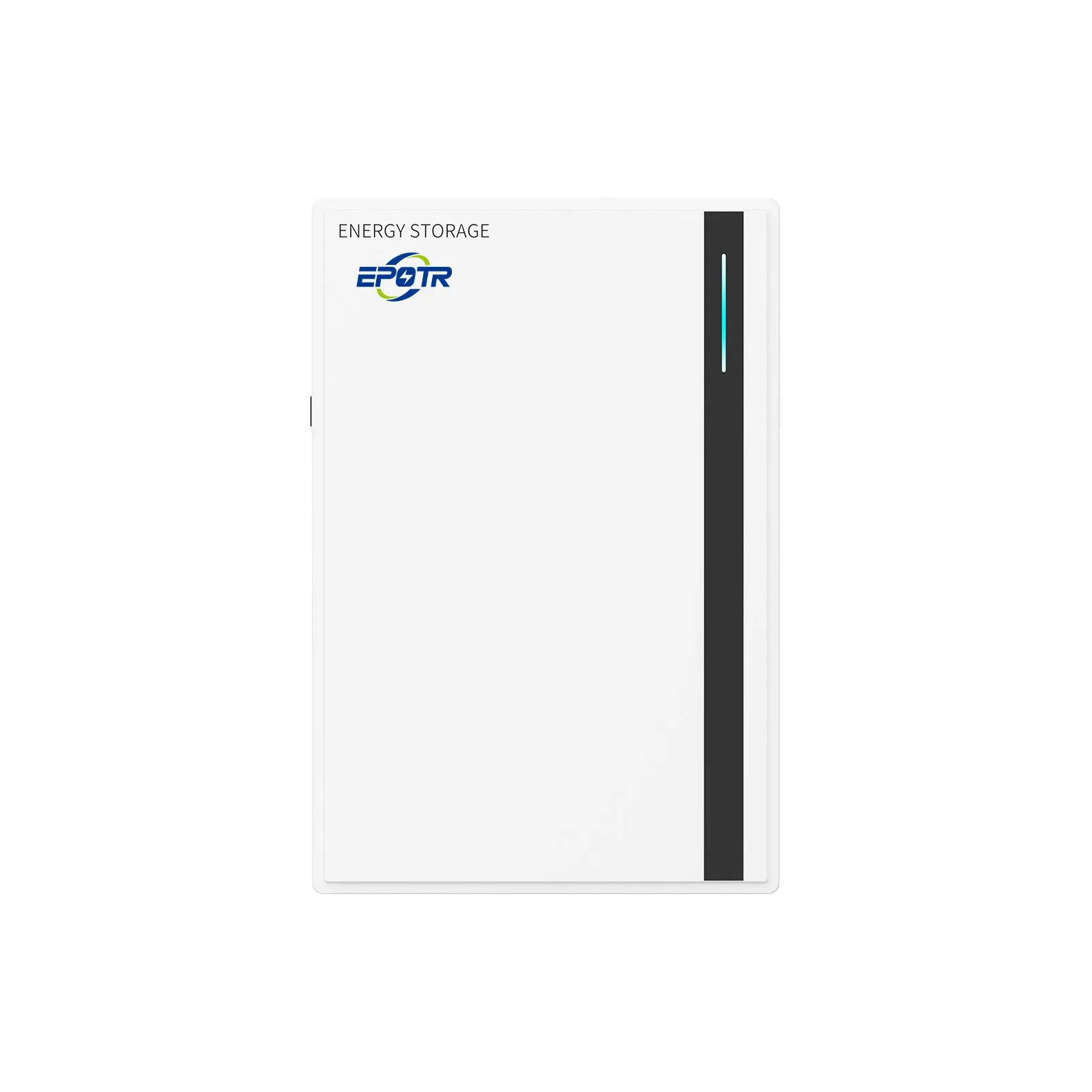
बड़ी मांगों के लिए फ्लोर-स्टैंडिंग आवासीय ईएसएस
द फ्लोर-स्टैंडिंग आवासीय ईएसएस प्रति इकाई 16 kWh से अधिक देता है। यह मध्यम से बड़े घरों के लिए पर्याप्त है। 25 तक एक साथ चल सकते हैं, जो उन घरों के अनुरूप है जो पूर्ण बैकअप चाहते हैं या बहुत सारी सौर ऊर्जा संग्रहीत करने की आवश्यकता है।
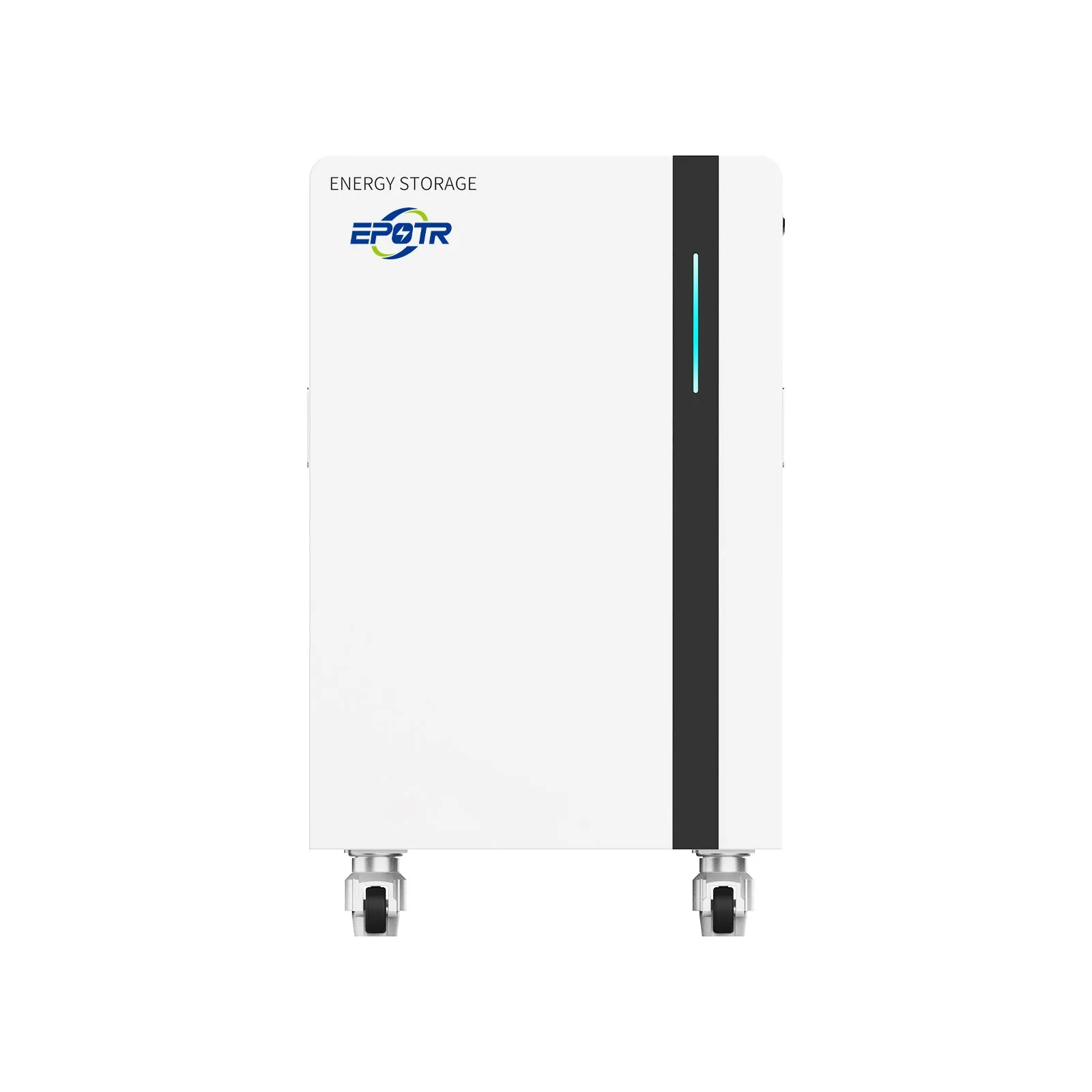
लचीली क्षमता के लिए समानांतर विस्तार
दोनों प्रकार वोल्टेज रेंज और इन्वर्टर्स से बात करने के तरीकों को साझा करते हैं। इसका मतलब है कि आप कई लोगों को जोड़ सकते हैं और वे एक साथ काम कर सकते हैं। इससे छोटे से शुरू करना और बढ़ना आसान होता है क्योंकि आपका ऊर्जा उपयोग बढ़ता है।
आप इन्वर्टर और सौर प्रणालियों के साथ बैटरी बैंकों का मिलान कैसे करें?
अकेले साइजिंग पूरी कहानी नहीं है। आपके बैंक को इन्वर्टर और सौर तंत्र से मेल खाना चाहिए। यदि वे वोल्टेज या डेटा लिंक में संरेखित नहीं हैं, तो आप दक्षता खो देते हैं या यहां तक कि दोषों का सामना करते हैं।
वोल्टेज रेंज और पावर आउटपुट संगतता
अधिकांश आवासीय भंडारण 44.8 V और 57.6 V के बीच चलता है। यह इन्वर्टर के साथ अच्छी तरह से मेल खाता है, इसलिए कोई तनाव या बर्बाद ऊर्जा नहीं ह
संचार प्रोटोकॉल और स्मार्ट प्रबंधन
RS485 या CAN लिंक इन्वर्टर को बैटरी स्थिति को जानने और चार्जिंग चक्रों को मार्गदर्शन करने देते हैं। स्मार्ट ऊर्जा नियंत्रण रात के उपयोग के साथ दिन चार्जिंग को संतुलित करता है, जिससे सौर अधिक मूल्
ग्रिड-बंधे और ऑफ-ग्रिड अनुप्रयोग
स्थिर ग्रिड क्षेत्रों में, बैटरियां चोटियों को मुंडाने और आपातकालीन कवर देने में मदद करती हैं। जहां आउटेज अक्सर होते हैं, वे लंबे समय तक मुख्य स्रोत के रूप में काम कर सकते हैं। दीवार-घुड़सवार और फर्श-खड़े दोनों मॉडल आकार के आधार पर किसी भी भूमिका के लिए तैयार हैं।
क्या व्यावहारिक परिदृश्य सही बैटरी आकार का विकल्प दिखाते हैं?
उदाहरण धुंध को साफ करने में मदद करते हैं। विभिन्न घर दिखाते हैं कि आकार कैसे काम करता है।
सीमित भार वाले छोटे घर और अपार्टमेंट
एक छोटी सी जगह जो दैनिक 8-10 किलोवाट घंटे का उपयोग करती है, केवल दो दीवार-घुड़सवार मॉड्यूल की आवश्यकता ह यह लगभग 10 किलोवाट घंटे उपयोग योग्य ऊर्जा है, जो आउटेज के दौरान रोशनी, फ्रिज और इंटरनेट के लिए पर्याप्त है।
सौर एकीकरण के साथ मध्यम आकार के घर
छत पर सौर के साथ प्रति दिन 20-25 किलोवाट घंटे का उपयोग करने वाला एक पारिवारिक घर फर्श-खड़े इकाइयों के साथ बेहतर फ एक या दो मॉड्यूल अतिरिक्त दिन के दौरान सौर पकड़ते हैं और रात भर बिजली देते हैं।
पूरे घर के बैकअप की आवश्यकता होने वाले बड़े निवास
दैनिक रूप से 40 किलोवाट घंटे या उससे अधिक का उपयोग करने वाले घरों को अक्सर कई फ्लोर-स्टैंडिंग मॉड्यूल 60-80 kWh क्षमता के साथ, भारी उपकरण चल रहे हैं और ब्लैकआउट दैनिक जीवन को परेशान नहीं करते हैं।
आवासीय ऊर्जा भंडारण के लिए ईपीओटीआर क्यों चुनें?
एक आपूर्तिकर्ता का चयन आकार का चयन करने के रूप में महत्वपूर्ण है। एक विश्वसनीय साथी का मतलब है सुरक्षित उत्पाद, स्थिर समर्थन और तकनीक जो वर्षों के बीच अनुकूलित हो सकती है।
सिद्ध अनुभव और वैश्विक समाधान
ईपीओटीआर ने पहले से ही अफ्रीका और मध्य पूर्व जैसे खराब ग्रिड वाले क्षेत्रों में समाधान बनाए हैं। नाइजीरिया में, उनके सौर प्लस भंडारण से आउटेज 70% और डीजल उपयोग में 80% की कमी आई है। जर्मनी में, उनकी कॉम्पैक्ट प्रणालियों ने पुराने पड़ोसों को बिजली के नुकसान को 5% से कम करने में मदद की।
विश्वसनीय बिक्री के बाद सेवा और तकनीकी सहायता
लंबी वारंटी, दूरस्थ निगरानी, और त्वरित समर्थन टीमें सिस्टम अच्छी तरह से चल रहे हैं। यह संग्रहीत ऊर्जा पर भरोसा करते समय मन की शांति जोड़ता है।
विभिन्न घरों के लिए अनुकूलन योग्य समाधान
पतली दीवार-घुड़सवार इकाइयों से लेकर भारी फर्श-खड़े ब्लॉक तक, लाइन कई घरों के लिए अनुकूलित होती है। विस्तार विकल्पों का मतलब है कि आपकी प्रणाली आपके जीवन के साथ बढ़ती है।
सामान्य प्रश्न
प्रश्न 1: आप घरेलू बैटरी बैंक के आकार की गणना कैसे करते हैं?
उत्तर: आपके द्वारा चाहे जाने वाले बैकअप घंटों द्वारा दैनिक किलोवाट के उपयोग को गुणा करें, फिर निर्वहन और दक्षता
Q2: क्या एक बैटरी पैक एक पूरे घर को शक्ति दे सकता है?
उत्तर: एक पैक कुंजी भार को कवर कर सकता है, लेकिन पूर्ण बैकअप को आमतौर पर अधिक मॉड्यूल की आवश्यकता होती है।
प्रश्न 3: आवासीय बैटरी प्रणाली कितनी देर तक चलती है?
उत्तर: अच्छी प्रणालियां 6,000 से अधिक चक्रों में चलती हैं, अक्सर दैनिक उपयोग के साथ 15 साल से अधिक।

